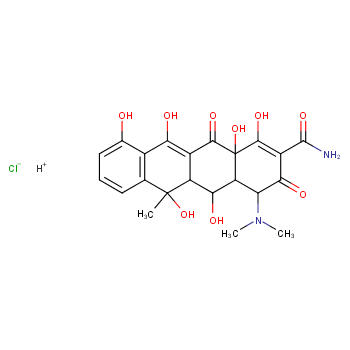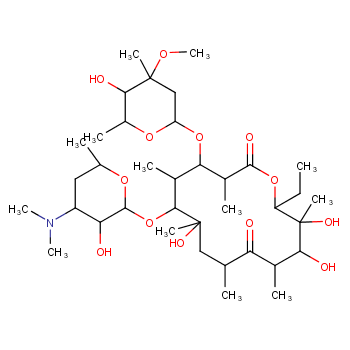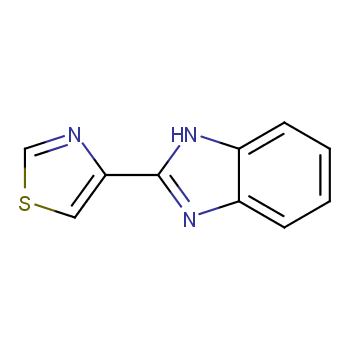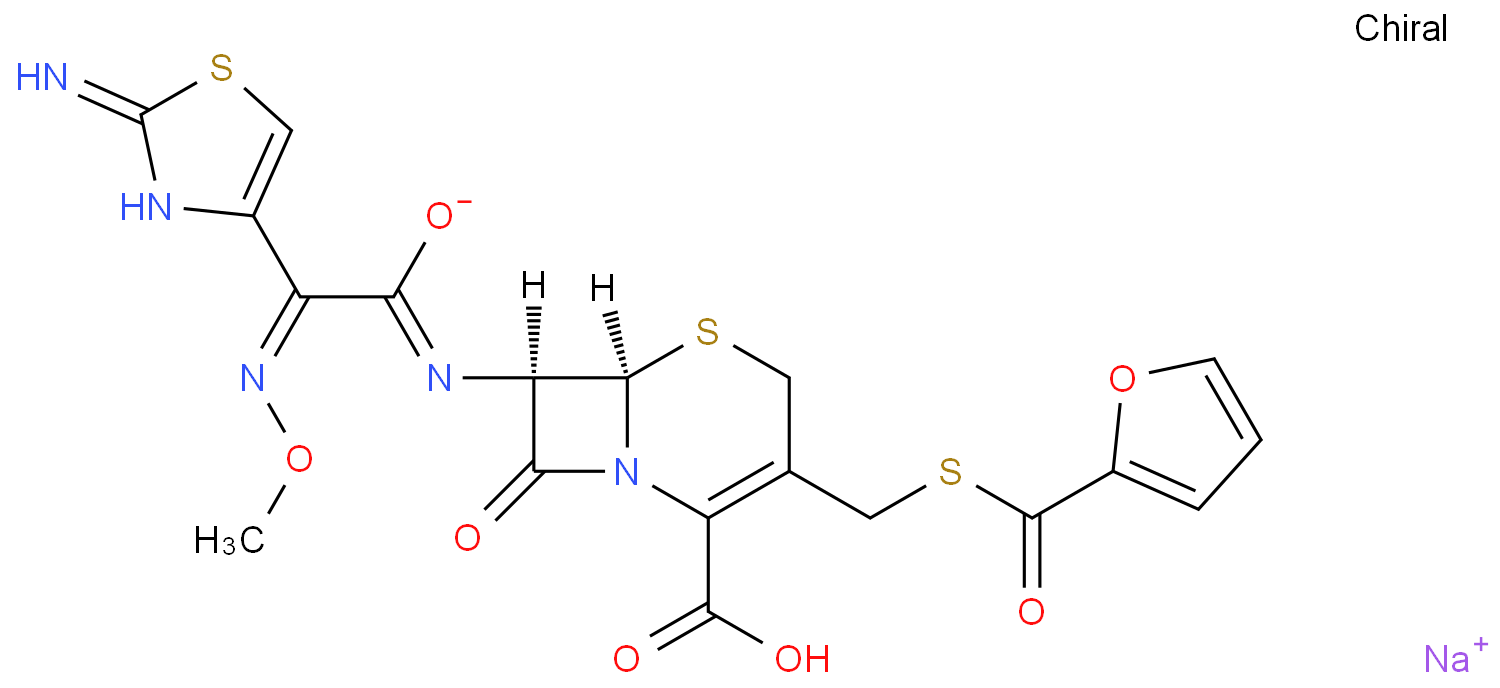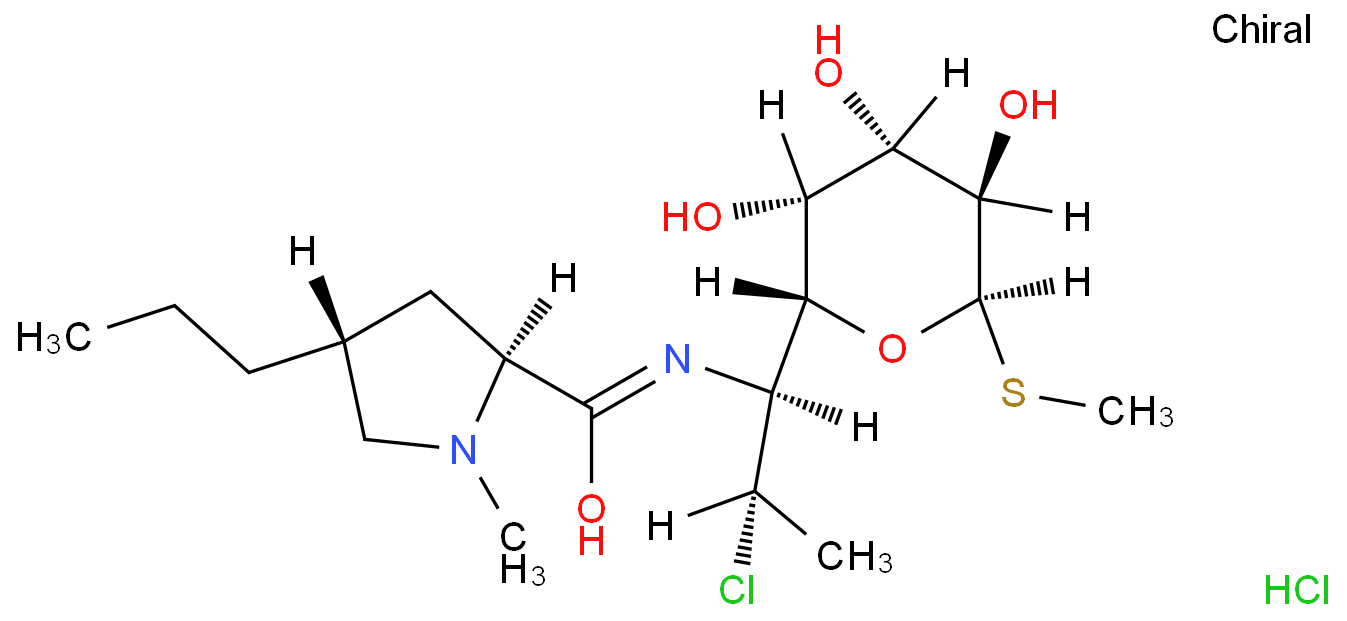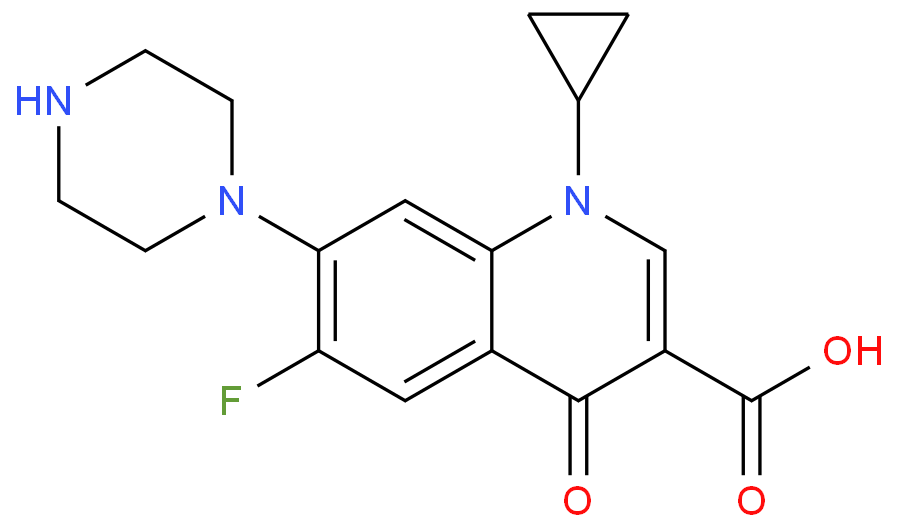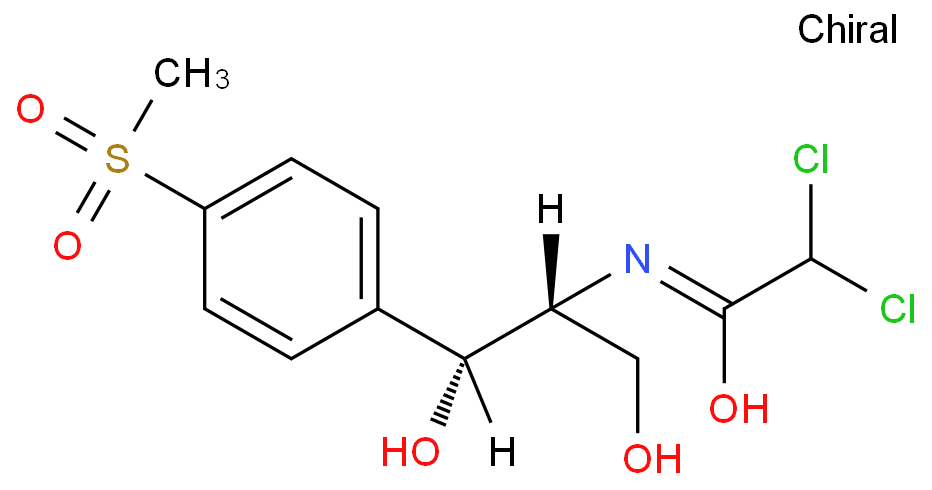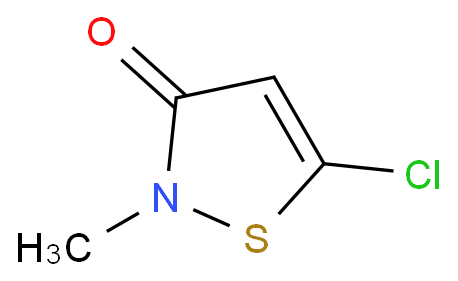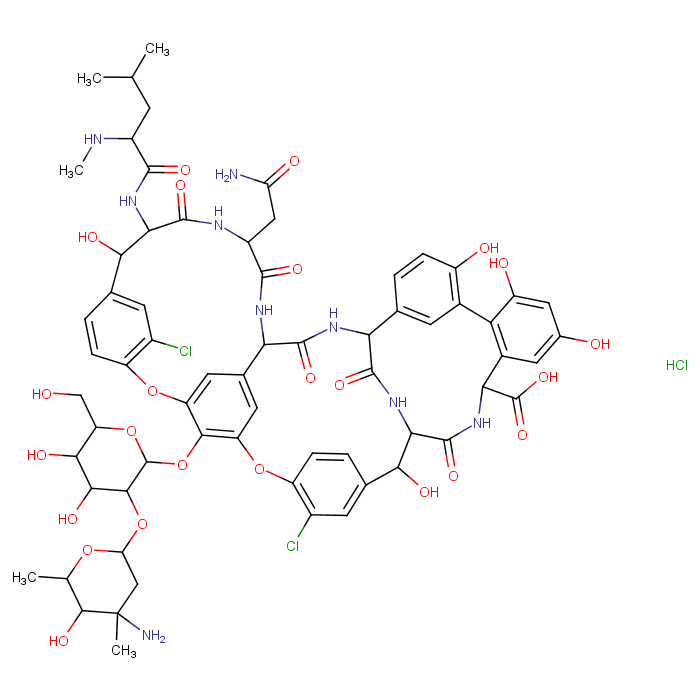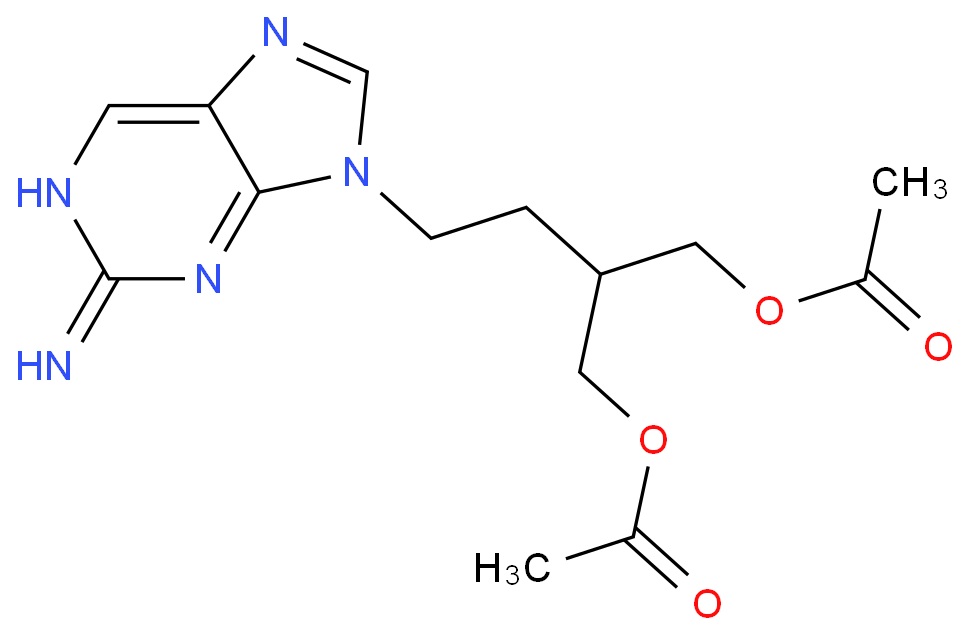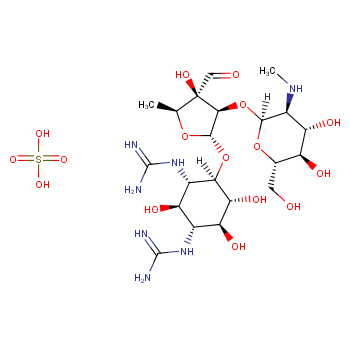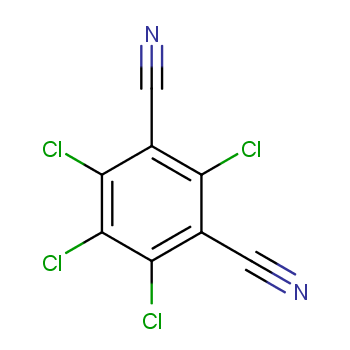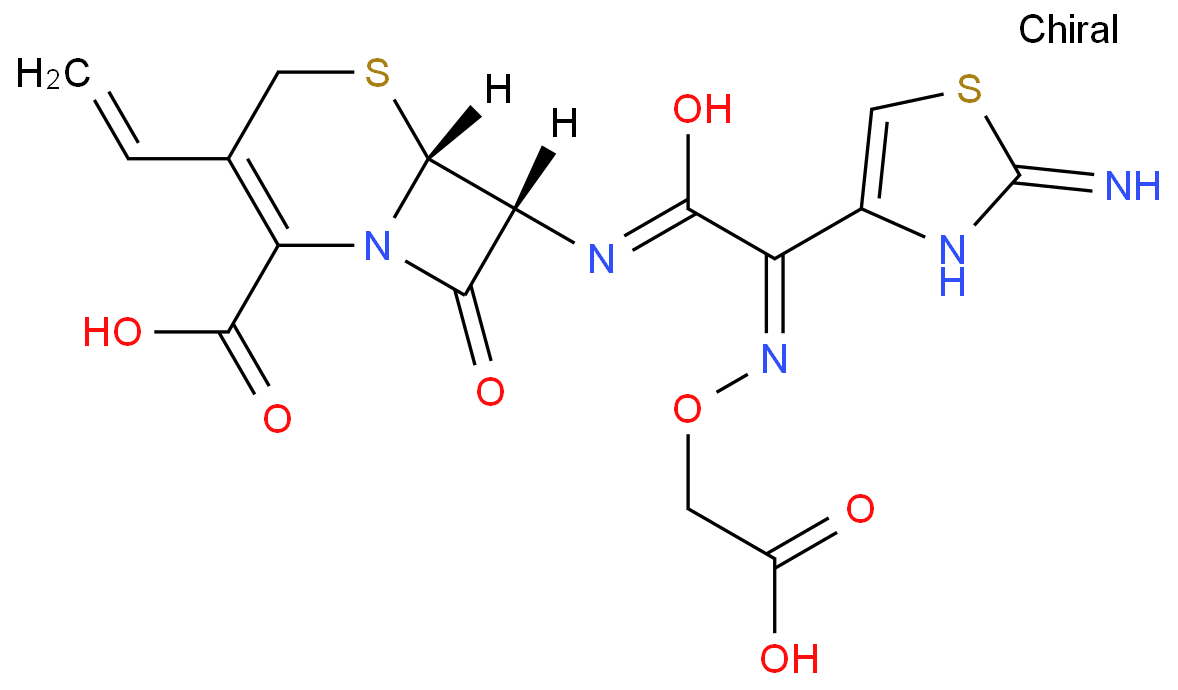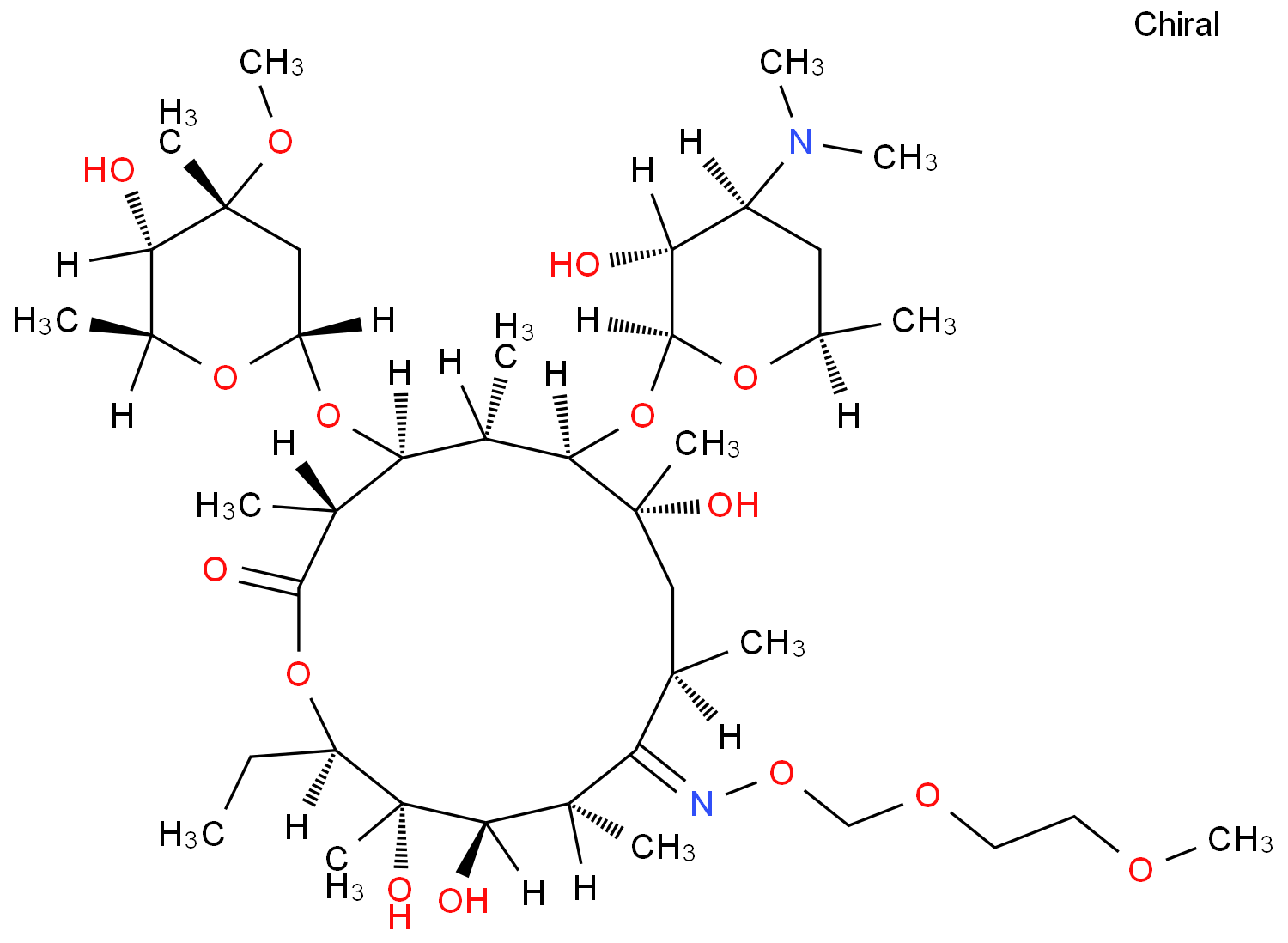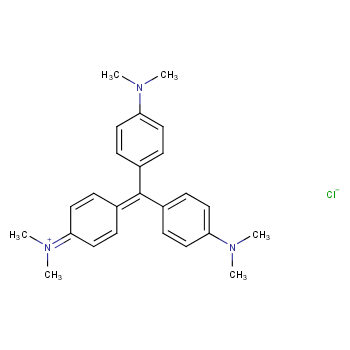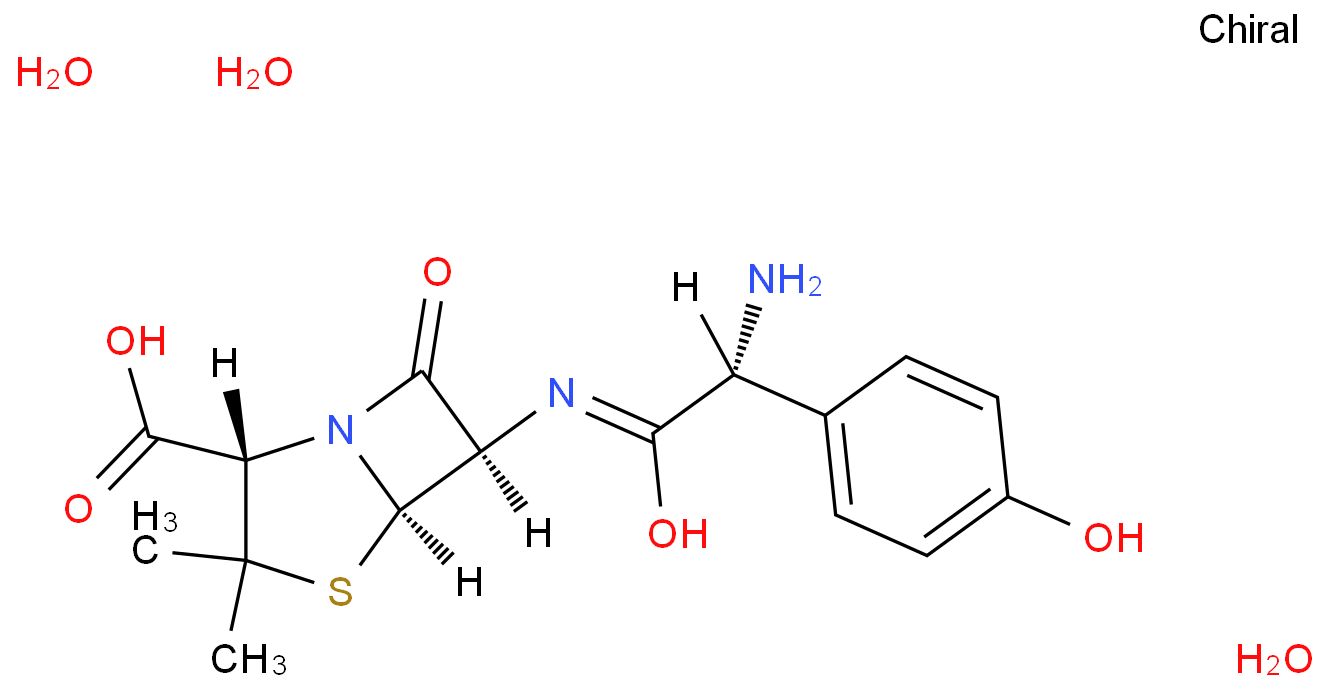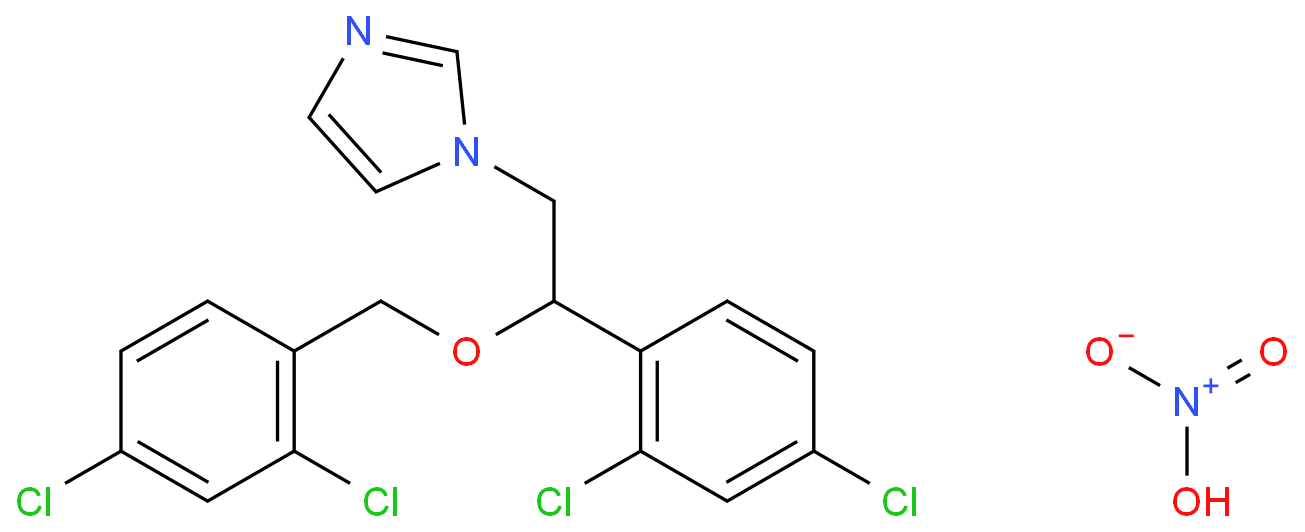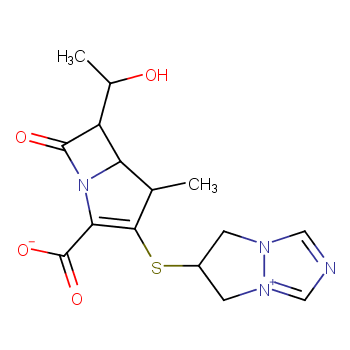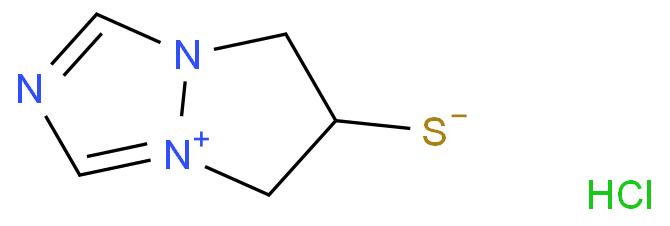Antibiotics are a kind of secondary metabolites with anti-pathogens or other activities produced by microorganisms or higher animals and plants in the course of life, which can interfere with the development function of other living cells. Antibiotics mainly play an inhibitory or bactericidal effect on bacteria but not in human or other animals and plants, including four major mechanisms, including inhibition of bacterial cell wall synthesis, enhancement of bacterial cell membrane permeability, interference of bacterial protein synthesis and inhibition of bacterial nucleic acid replication and transcription. According to the chemical structure, antibiotics can be divided into quinolone antibiotics, β-lactam antibiotics, macrolides, aminoglycoside antibiotics and so on. According to their uses, they can be divided into antibacterial antibiotics, antifungal antibiotics, antiviral antibiotics, agricultural antibiotics and other microbial drugs.
Antimicrobial agents refer to chemicals that can keep the growth or reproduction of some microorganisms (bacteria, fungi, yeasts, algae and viruses, etc.) below the necessary level within a certain period of time, with bacteriostatic and bactericidal functions. Generally, it can be divided into inorganic antimicrobial agents, organic antimicrobial agents and natural antimicrobial agents. Silver ion antimicrobial agents play a leading role in inorganic antimicrobial agents, as well as zinc oxide, copper oxide and so on; organic antimicrobial agents have poor heat resistance, easy hydrolysis and short validity; natural antimicrobials are mainly extracted from natural plants, such as mustard, although they are easy to use, but their antibacterial effect is limited, heat resistance is poor, bactericidal rate is low and the quantity is small.
+more
